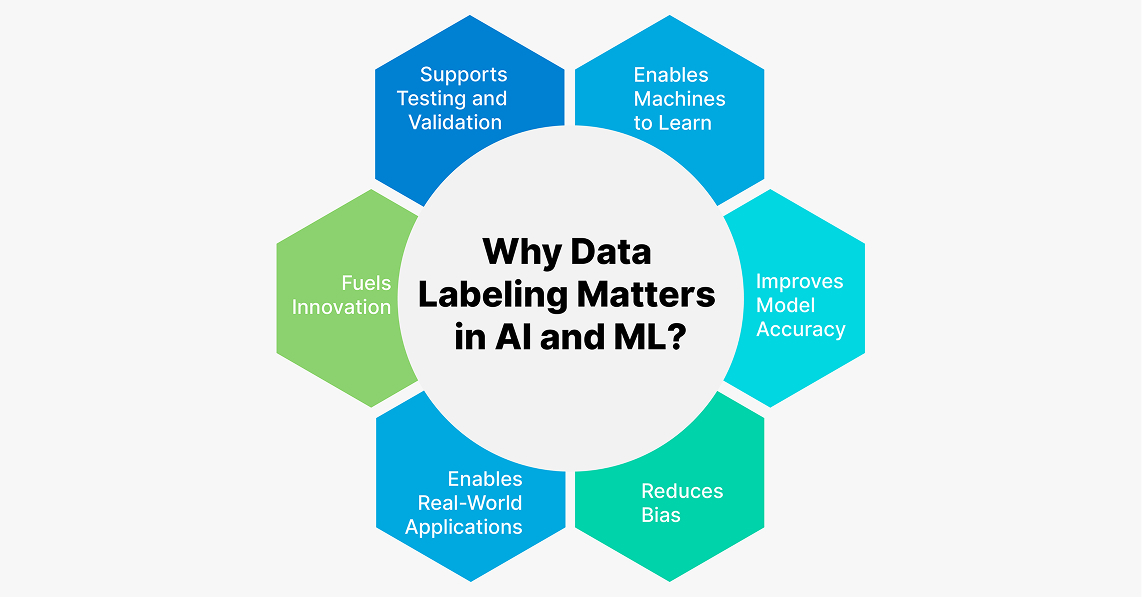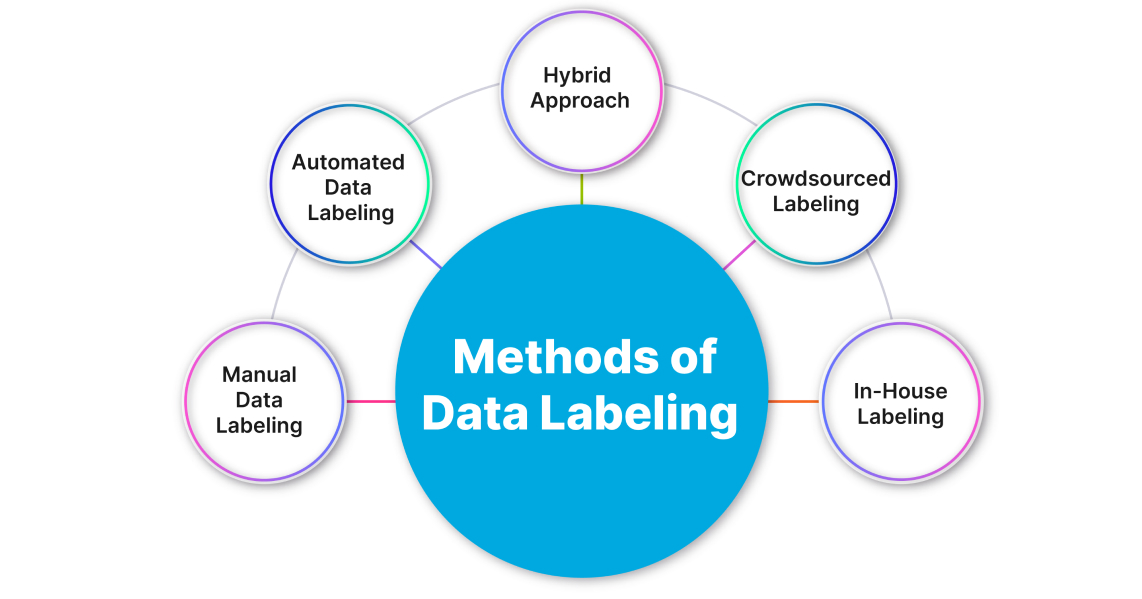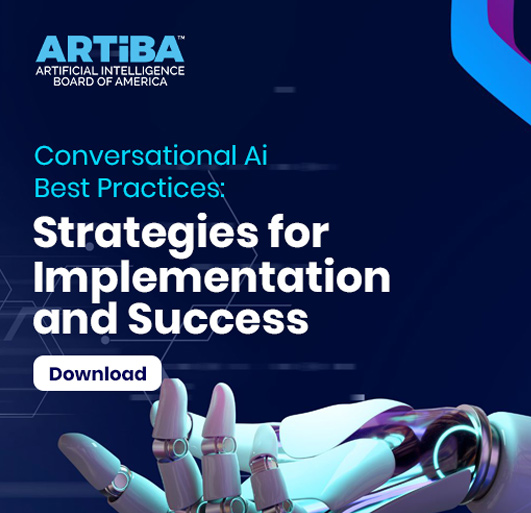Data Labeling: The Key to Building Smarter AI Systems

Data labeling in AI is the backbone of modern artificial intelligence (AI) and machine learning (ML) systems. By transforming raw data into meaningful, structured information, labeled data for AI models enables machines to learn, make predictions, and interact with the real world. From self-driving cars to sentiment analysis tools, the role of labeling in ML is pivotal in ensuring accuracy, reducing bias, and driving innovation.
This comprehensive guide explores the importance of data labeling in AI, its processes, benefits, challenges, and best practices.
What Is Data Labeling?
Data labeling in AI, also known as data annotation, is the process of adding descriptive tags or labels to raw data to provide context and meaning. These labels help AI and ML models understand and categorize information, forming the foundation for supervised learning, where models learn from labeled input-output pairs. According to Datasaur.ai, labeled data for AI models is essential for teaching systems to recognize patterns and make accurate predictions.
Types of Data Labeling
Data labeling applies to various data formats, each requiring specific techniques:
-
Images: Labeling involves tagging objects or features, such as identifying cars, pedestrians, or traffic signs in images for autonomous vehicles. For example, annotating an image with “pizza” helps an AI recognize similar images.
-
Text: Labels include parts of speech, named entities (e.g., people, places), or sentiment (e.g., positive, negative). This enables natural language processing (NLP) systems to extract insights from text, like customer reviews.
-
Audio: Labeling includes transcribing speech or annotating elements like accents or background noise, aiding speech recognition systems.
-
Video: Similar to images, video labeling tags objects or actions across frames, critical for applications like surveillance or autonomous driving.
Data labeling in AI is a collaborative effort between human annotators and AI tools, combining human judgment with automated processes to handle complex datasets.
Why Is Data Labeling Crucial for AI and Machine Learning?
The role of labeling in ML is fundamental to the success of AI systems. Without labeled data for AI models, machines cannot learn effectively. Below are the key reasons why data labeling in AI is indispensable.

1. Enables Machines to Learn
AI models rely on labeled data for AI models to understand data and uncover patterns. Labels provide the “answers” machines need to learn tasks like object recognition, language translation, or sentiment analysis. For instance, labeling thousands of car images allows an AI to identify cars in new, unlabeled images.
2. Improves Model Accuracy
High-quality data labeling in AI directly enhances model performance. Accurate labels lead to more robust predictions, reducing errors. The more comprehensive and consistent the labeled data for AI models, the better the model’s ability to generalize to new data. For example, a well-labeled dataset for predictive customer churn ensures reliable predictions.
3. Reduces Bias
Data labeling in AI helps mitigate bias, which can skew model outcomes. Standardized labeling schemes and diverse annotator teams reduce subjective judgments. Regular audits and statistical checks further ensure fairness, making labeled data for AI models more equitable.
4. Enables Real-World Applications
The role of labeling in ML is critical for practical AI applications. Data labeling in AI enables systems like self-driving cars to differentiate between pedestrians, roads, and obstacles. Similarly, NLP models rely on labeled text to power chatbots or analyze customer feedback.
5. Fuels Innovation
Breakthroughs in computer vision, NLP, and medical imaging depend on vast amounts of labeled data for AI models. Large-scale data labeling in AI has driven advancements like GPT-3, trained on 500 billion tokens, as per Datasaur.ai.
6. Supports Testing and Validation
Labeled data for AI models is essential for evaluating model performance. Labeled test sets act as “ground truth,” allowing data scientists to measure accuracy, analyze errors, and validate improvements, ensuring models generalize well.
How Does Data Labeling Work?
The data labeling in AI process involves several steps to transform raw data into a format suitable for ML models. The process requires careful planning to ensure quality and accuracy.
1. Data Collection
Start with a relevant dataset, such as images from Kaggle, text from social media, or audio from customer calls. It is suggested to clean raw data to remove noise, misspellings, or personally identifiable information (PII), especially in regulated industries like healthcare.
2. Defining the Label Set
Choose a taxonomy of labels based on the project’s goals. For example, a sentiment analysis model might use “positive,” “negative,” or “neutral” labels, while a medical imaging model might label “tumor” or “no tumor.” Granular taxonomies require more data but yield precise results.
3. Labeling Process
Human annotators or automated tools apply labels to the data. Common techniques include:
-
Bounding Boxes or Polygons: For image annotation, outlining objects like cars or people.
-
Semantic Segmentation: Pixel-level labeling for precise image analysis.
-
Named Entity Recognition (NER): Tagging entities like names or locations in text.
-
Sentiment Analysis: Classifying text as positive or negative.
4. Quality Control
Ensure label consistency through audits, multiple annotators, or re-labeling low-quality data. Resolve conflicts to maintain high-quality labeled data for AI models.
5. Training and Validation
Use the labeled dataset to train the ML model, splitting it into training, validation, and test sets. Test sets help evaluate model performance on unseen data.
Methods of Data Labeling
Data labeling in AI can be manual, automated, or a hybrid approach, each with strengths and challenges.

1. Manual Data Labeling
Human annotators label data, offering context and precision for complex tasks. For example, labeling medical scans requires expert radiologists.
Advantages:
-
High accuracy for nuanced tasks.
-
Control over label quality.
Challenges:
-
Time-consuming and labor-intensive.
-
Prone to human error or bias.
2. Automated Data Labeling
AI tools pre-label data, with humans verifying or correcting outputs.
Advantages:
-
Faster for large datasets.
-
Cost-effective for simple tasks.
Challenges:
-
Less accurate for complex or ambiguous data.
-
Requires human oversight.
3. Hybrid Approach
Combines manual and automated labeling, balancing speed and accuracy. For instance, an AI pre-labels images, and humans refine edge cases. This is ideal for scaling data labeling in AI while maintaining quality.
4. Crowdsourced Labeling
Platforms like Amazon Mechanical Turk or Appen distribute labeling tasks to a global workforce. Datasaur.ai highlights their scalability but warns of potential quality variance and data privacy risks.
5. In-House Labeling
Companies hire dedicated annotators for greater control. This suits projects requiring subject matter expertise or strict privacy compliance but demands significant resources.
Best Practices for High-Quality Data Labeling
To maximize the role of labeling in ML, follow these best practices:
-
Use Experienced Annotators: Experts in the domain, like doctors for medical data, ensure nuanced labeling.
-
Provide Clear Guidelines: Comprehensive instructions with examples reduce ambiguity. Address edge cases and refining guidelines iteratively.
-
Conduct Quality Control: Audit samples, use multiple annotators, and resolve inconsistencies to maintain high-quality labeled data for AI models.
-
Iterate on Small Batches: Start with a subset of data to refine the taxonomy and process, saving time and costs.
-
Ensure Labeler Diversity: Diverse annotators reduce bias.
-
Monitor and Re-Label: Continuously check data quality and re-label if needed to improve model accuracy.
-
Address Bias: Review labels for inconsistencies, revise biased instructions, and balance datasets with underrepresented groups.
Challenges in Data Labeling
Despite its importance, data labeling in AI faces challenges:
-
Time and Cost: Manual labeling is labor-intensive, especially for large datasets.
Solution: Use automated tools or crowdsourcing for scale.
-
Data Quality: Inconsistent or inaccurate labels harm model performance.
Solution: Implement quality control and clear guidelines.
-
Bias: Human biases can skew labels.
Solution: Use diverse annotators and audit processes.
-
Scalability: Labeling vast datasets is challenging.
Solution: Hybrid approaches or professional services like Scale or Appen.
-
Privacy Concerns: Sensitive data requires secure handling.
Solution: Use in-house teams or platforms with robust security.
Real-World Applications of Data Labeling
The role of labeling in ML powers numerous AI applications:
-
Autonomous Vehicles: Labeled data for AI models helps cars identify pedestrians, traffic signs, and roads, ensuring safety.
-
Sentiment Analysis: Labeled text enables businesses to analyze customer reviews or social media posts for positive or negative sentiments.
-
Predictive Analytics: Data labeling in AI supports models for customer churn, lead scoring, or credit scoring, improving business decisions.
-
Medical Imaging: Labeled scans help AI detect diseases like cancer, aiding diagnostics.
-
Chatbots and Virtual Assistants: Labeled conversational data powers NLP systems for coherent interactions.
-
Fraud Detection: Labeled transaction data helps AI identify fraudulent patterns.
Business Opportunities in Data Labeling
Data labeling in AI is not just a technical necessity but a growing industry. Trainingdata.pro estimates the global data labeling market at over $1 billion, growing at nearly 50% annually.
Opportunities include:
-
Data Labeling Services: Companies like Appen, Scale, and iMerit provide scalable labeling solutions, leveraging global workforces.
-
In-House Expertise: Businesses with domain experts, like medical or legal professionals, can offer specialized labeling services.
-
Employment Creation: Data labeling in AI creates jobs for annotators, from entry-level to expert roles.
-
Strategic Partnerships: Labeling vendors collaborate with tech firms and research institutions, becoming integral to AI development.
Tools for Data Labeling
Effective data labeling in AI relies on specialized tools:
-
Spreadsheets: Simple for small-scale tasks like NER but error-prone and unscalable.
-
Open-Source Tools: Brat and WebAnno support advanced NLP tasks but require technical setup.
-
Commercial Platforms: Datasaur.ai, Prodigy, and Snorkel.ai offer intuitive interfaces, team management, and ML-assisted labeling.
-
In-House Tools: Custom-built solutions integrate with company workflows but demand engineering resources.
Choosing a tool depends on the project’s complexity, budget, and scalability needs.
Conclusion
Data labeling in AI is the cornerstone of effective machine learning, enabling models to learn, improve accuracy, reduce bias, and power real-world applications. The role of labeling in ML spans industries, from autonomous vehicles to predictive analytics, driving innovation and business value.
By adopting best practices—using experienced annotators, clear guidelines, and robust tools—data scientists can ensure high-quality labeled data for AI models. Despite challenges like cost and bias, the growing data labeling industry offers solutions through automation, crowdsourcing, and professional services.
Mastering data labeling in AI is essential for building cutting-edge ML solutions. Start small, iterate, and invest in quality to unlock the full potential of your AI projects. The future of AI is bright when your data is labeled right.








